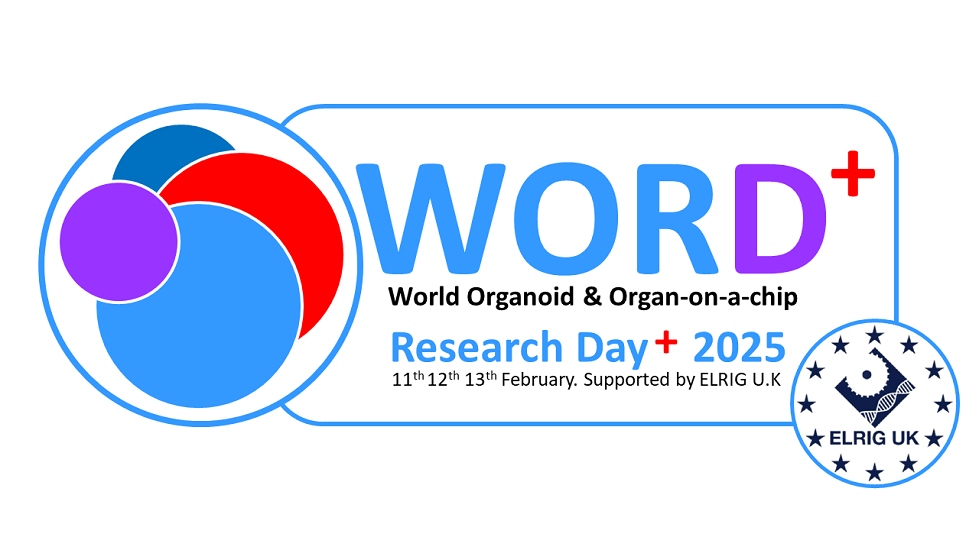Authors
J Wallace1; H Paulo1; K Czuchrowski1; MC McElroy1;
1 Charles River Laboratories, UK
Overview
MucilAir™ is an in vitro airway model with morphology and functions mirroring the tracheo-bronchial epithelium (nasal origin). MucilAir™ comprise cells from human airway biopsies cultured at the air liquid interface (ALI) on permeable membranes and retains in vivo metabolic capabilities and transporter activities expected from normal nasal tissue. Importantly, MucilAir™ was used to determine hazard from a respiratory contact irritant avoiding the requirement for in vivo studies (OECD No. 367).
Introduction
Greater adoption of complex in vitro models will benefit from studies demonstrating the degree of expected variability from control substances. Therefore, the objective of this study was to evaluate relevant CRL data from studies run between 2011 and 2023. Specifically, data were compiled from studies in which common vehicles or positive control toxicity agents were applied at the ALI surface for 24h. Tight junction integrity was assessed by TEER and direct toxicity by LDH release.
Methods
MucilAir™ were obtained from Epithelix. TEER was assessed using a Millicell ERS-2 meter and chopstick electrodes. LDH release was calculated as a percentage of a lysed benchmark control (Triton X-100) using the following kits: CytoToxOne™ Homogenous Membrane Integrity Assay (Promega), LDH-Glo™ Cytotoxicity Assay (Promega) and the Cytotoxicity Detection Kit (LDH; Roche). The data presented are mean values from independent studies run between 2011 and 2023 (n = 39 studies).
Results
TEER values for all vehicles (saline/PBS, water and mineral oil) were generally above threshold for viable/intact cultures (200 ohms/cm2 set by Epithelix). In comparison with ALI controls, only mineral oil significantly reduced TEER values but numbers are limited. Positive control reference compounds: SDS reduced TEER in a dose dependent manner, while SDS interfered with the LDH assay at high concentrations. In contrast, formaldehyde reduced TEER and increased LDH in a dose-dependent manner.
Conclusion
The data presented provide a guide to the use of reference substances when using MucilAir™ for toxicity/hazard assessment. Test substances dissolved in typical vehicles cause little evidence of toxicity as assessed by TEER and LDH release. While the selection of positive control reference items for toxicity will depend on the study design; SDS is useful if tight junction assessment is key (TEER) while formaldehyde might be more appropriate for TEER and cell membrane lysis.

